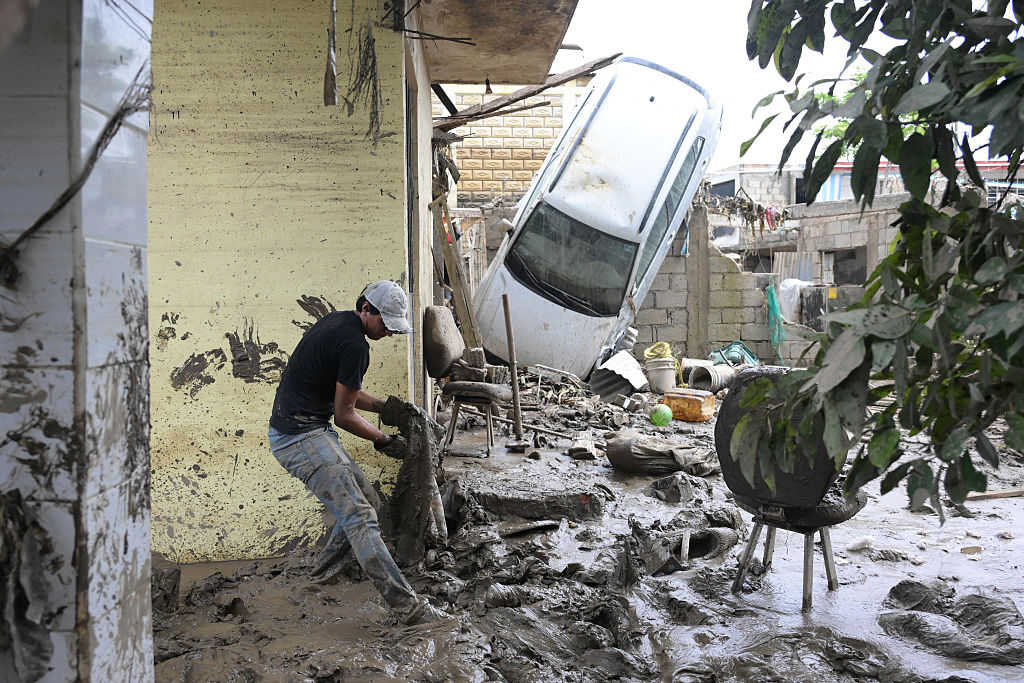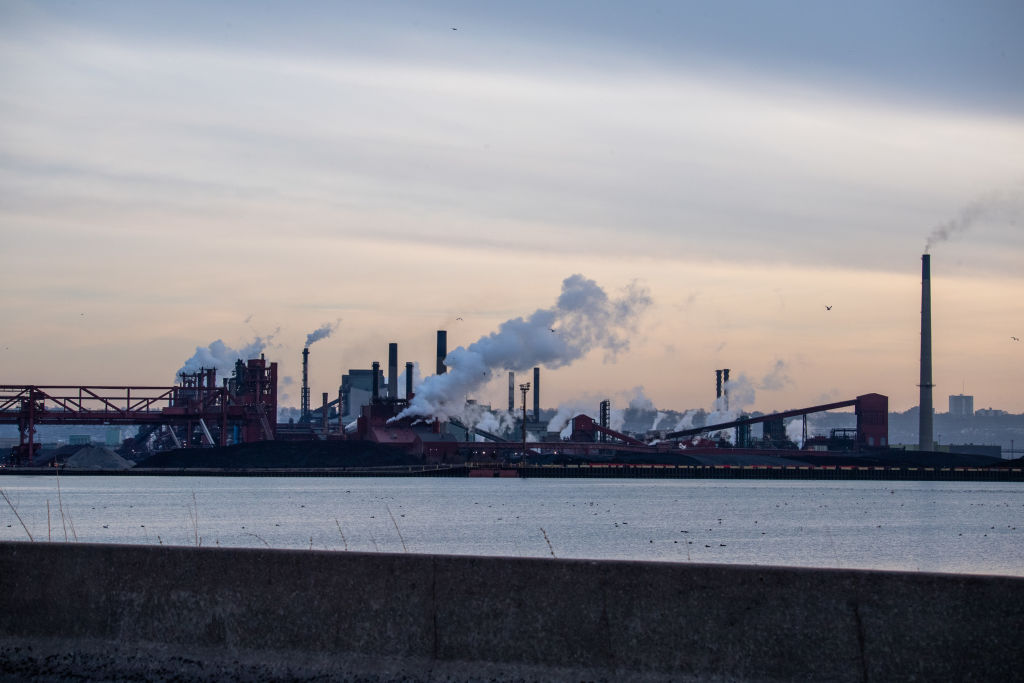World will breach 1.5°C global warming red line, UN says ahead of climate talks
‘Due to the continued delay in deep emission cuts, 1.5°C pathways now imply higher temporary exceedance of this temperature target’

Insufficient climate actions and plans from governments around the world mean global warming is inevitably going to exceed the red line of 1.5°C above pre-industrial levels, probably in the next ten years, the United Nations warned on Tuesday.
“While very stringent near-term emissions reductions could delay this exceedance, they cannot prevent it entirely,” the UN Environment Program (UNEP) confirmed in its annual Emissions Gap report, published just days before the COP30 global climate change conference kicks off in Brazil.
Scientists overwhelmingly agree that surpassing the 1.5°C would increase the risk of some of the worst consequences of climate change, already visible in more extreme and unpredictable weather.
Now, the goal must be to make sure any overshoot is minimal and temporary, UNEP executive director Inger Andersen said in a foreword to the report.
“Nations have had three attempts to deliver promises made under the Paris Agreement, and each time they have landed off target,” she said in a statement. Bringing global warming back behind the 1.5°C limit by 2100 remains possible, according to the report, but would require immediate action.
Every fraction of a degree matters
Every fraction of a degree that average global temperatures rise beyond the aspirational target fixed in the Paris Agreement will entail massive cost of pushing temperatures back within limits. It also increases the risk of reaching important tipping points – like the loss of the West Antarctic ice sheet, which would be irreversible.
Despite the clear consequences of the failure to take sufficient action since the agreement struck in the French capital a decade ago, governments around the world do not appear to be acting with a sense of urgency.
Only about one-third nearly 200 parties to the UN deal put forward their 2035 emission reduction pledges, or nationally determined contributions (NDCs), by last September’s deadline – and on first assessment even these appear to be insufficient to meet the less ambitious but binding Paris goal of arresting temperature rise before it exceeds 2°C.
Respecting this limit would require globals greenhouse gas emissions to be slashed to 25% below 2019 levels by the end of the current decade, and 35% by 2035.
Even if fully implemented, the NDCs that were tabled in time for COP30 imply an emissions reduction of only 15% over the coming ten years. Existing plans would limit global warming between 2.3°C and 2.5°C, depending on whether conditional promises are implemented or not.
The new estimates of imminent temperature rise are slightly lower than those of last year’s Emissions Gap report, but this apparent progress is partially due to methodological updates rather than a change of tack, and the US decision to withdraw from the Paris agreement is set to push up current estimates by about 0.1°C.
The 2°C limit, however, remains within reach, and could be met under the most optimistic scenario analysed in the UNEP report. If governments around the world fully meet their intermediate and net-zero pledges – the EU, for example, has already set itself the legal deadline of becoming climate neutral by 2050 – global warming in 2100 would likely stop at 1.9°C.
Emissions up
Meanwhile, emissions have risen by a sharp 2.3% in 2024, mainly driven by deforestation and land-use change. Fossil fuels, which are the number one driver of climate change, contribute 36% to last year emissions’ rise, the report said.
India and China were the two countries that most contributed to the emission rise, excluding the land use change and forestry sectors, while the European Union was the only large emitter that reduced its carbon footprint.
The EU, however, is among those that did not deliver an NDC in time. As the UNEP report was published, European environment ministers were locked in heated negotiations in an effort to agree a domestic target and a 2035 pledge in time for the climate conference next week.
(rh)







